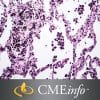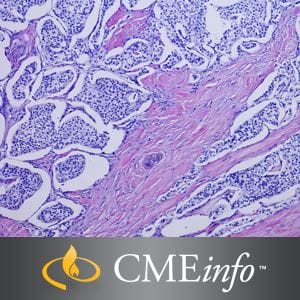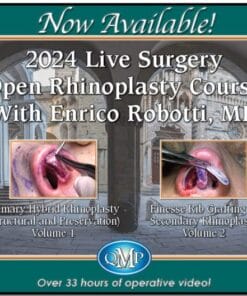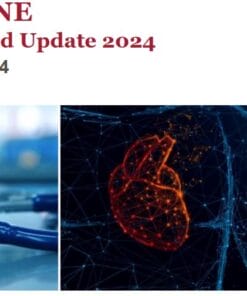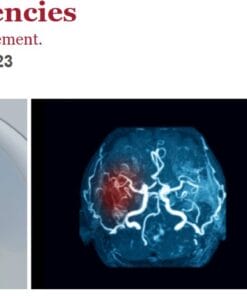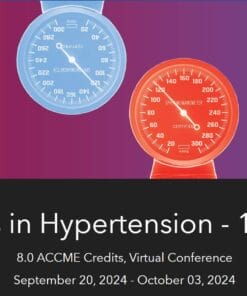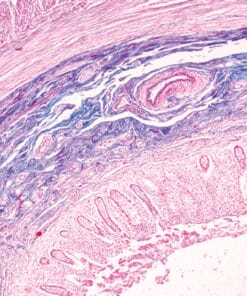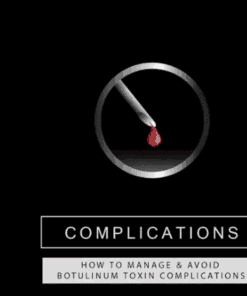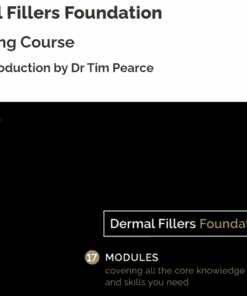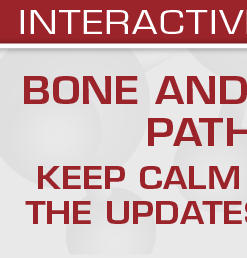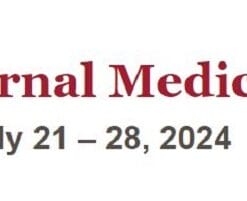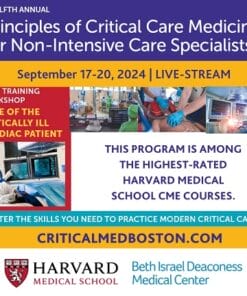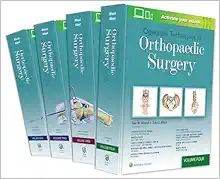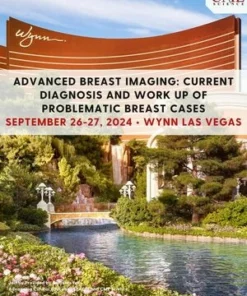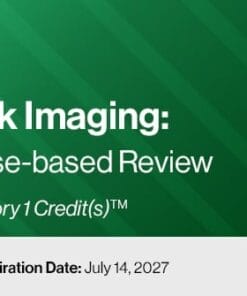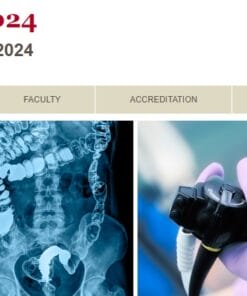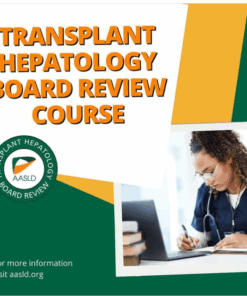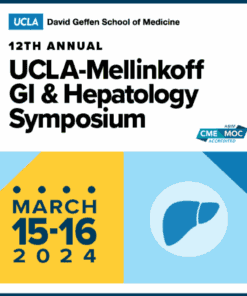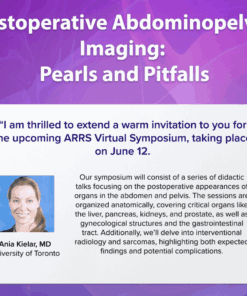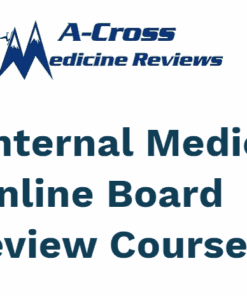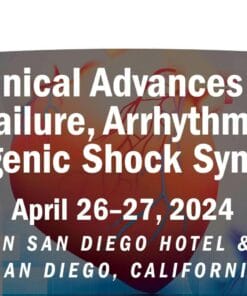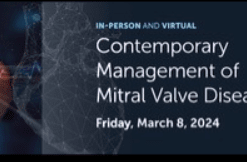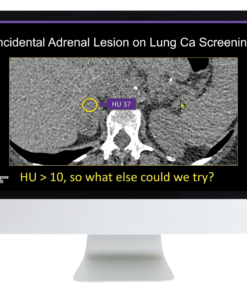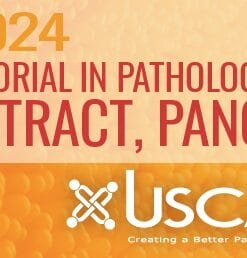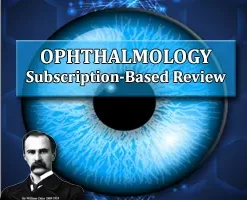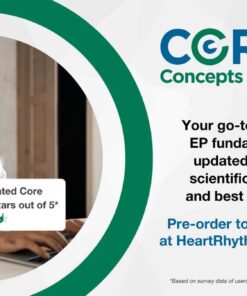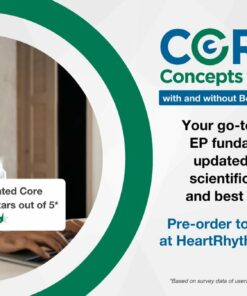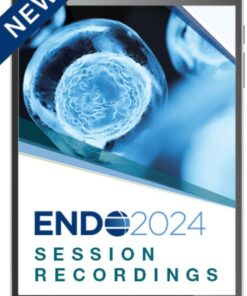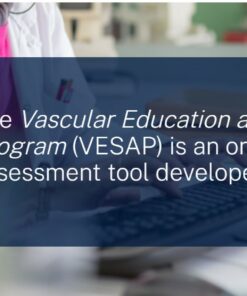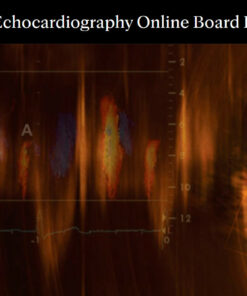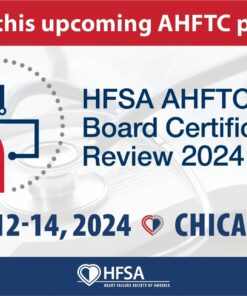Pancreatic Pathology
Masters of Pathology Series
Engaging lectures, case studies and virtual microscopy sessions help build and translate pancreatic pathology knowledge into realistic diagnostic scenarios. Earn Lifelong Learning and SAM credits.
Discover the Latest in Pancreatic Pathology
This CME program is a comprehensive look at all aspects of pancreatic pathology. Through informative lectures and virtual microscopy sessions, Elizabeth D. Thompson, MD, PhD, reinforces basic concepts, exploring particularly challenging situations, and introduces new techniques in molecular analysis. Masters of Pathology Series — Pancreatic Pathology will help you to better:
- Illustrate an algorithm for the approach to diagnoses of solid, cystic pancreatic lesions
- Explain the most common non-epithelial neoplasms arising in or involving the pancreas
- Distinguish between chronic pancreatic and invasive ductal adenocarcinoma of the pancreas
- Outline common causes of non-neoplastic mass-forming lesions in the pancreas
- Summarize a clinical scenario in which molecular analysis of cyst fluid impacts clinical decision-making
- Identify common mimics of adenocarcinoma on intraoperative frozen sections of the liver and/or peritoneum during pancreatic surgery
QUICK FACTS
Provider: Oakstone
Course Director:
Elizabeth D. Thompson, MD, PhD
Assistant Professor, Departments of Pathology and Oncology
The Johns Hopkins University
School of Medicine
Baltimore, MD
Learning Objectives
At the conclusion of this course, the participant will be able to do the following:
- Describe an algorithm for the approach to diagnoses of solid and cystic lesions of the pancreas
- List the key features helping to distinguish between chronic pancreatic and invasive ductal adenocarcinoma of the pancreas
- Describe the most common causes of non-neoplastic mass-forming lesions in the pancreas
- Describe the most common non-epithelial neoplasms arising in or involving the pancreas
- Describe three common mimics of adenocarcinoma on intraoperative frozen sections of the liver and/or peritoneum during pancreatic surgery
- List the distinct molecular alterations in the four most common types of pancreatic cysts that may allow for pre-operative diagnosis using cyst fluid
Intended Audience
This educational activity was designed for practicing pathologists, residents, academic pathologists and trainees.
TOPICS/SPEAKERS
All topics presented by Elizabeth D. Thompson, MD, PhD
- An Algorithmic Diagnostic Approach to Solid Neoplasms of the Pancreas I – Ductal Adenocarcinoma: Basics, Mimickers, and Unusual Variants
- An Algorithmic Diagnostic Approach to Solid Neoplasms of the Pancreas II – Solid Cellular Neoplasms
- An Algorithmic Diagnostic Approach to Cystic Neoplasms of the Pancreas
- Teeny-tiny Biopsies: Challenges and Pitfalls in Diagnosis of Small Biopsies in the Pancreatobiliary Tract
- Not Everything is Carcinoma I: Non-neoplastic Mass-forming Lesions of the Pancreas
- Not Everything is Carcinoma II: Non-epithelial Neoplasms of the Pancreas
- Non-neoplastic Cystic Lesions of the Pancreas
- Approach to Gross Evaluation and Sampling of Pancreatobiliary Specimens
- Challenges in Intraoperative Evaluation of Liver and Peritoneal Lesions During Pancreatobiliary Surgery
- Common Questions from the Pancreatobiliary Consult Service I: Evaluation of Invasion in Cystic Lesions
- Common Questions from the Pancreatobiliary Consult Service II: Neuroendocrine Issues
- Virtual Microscopy – Solid Lesions of the Pancreas: Pitfalls and Pearls
- Virtual Microscopy – Cystic Lesions of the Pancreas: Pitfalls and Pearls
- Virtual Microscopy – Challenges and Pitfalls in Pancreatic Frozen Section Analysis of Surgical Margins
Date Credits Expire: April 30, 2022
Estimated Time to Complete: 13.5 hours



